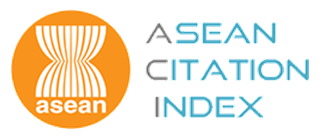WOOD EXTRACTIVES OF RUBBERWOOD (HEVEA BRASILIENSIS) AND THEIR INFLUENCES ON THE SETTING OF THE INORGANIC BINDER IN GYPSUM-BONDED PARTICLEBOARDS
Keywords:
Rubberwood, extractives, gypsum setting, retarding, additives, gypsum particleboardsAbstract
The wood extractives of rubberwood were investigated. The amount of acetone extract was 1.95 % (based on oven-dry wood). It contained 0.89 % free fatty acids, 0.10% phenolic compounds, and 0.29% esters. The main fatty acids were palmitic and oleic acids. (B sitosterol and campesterol were detected in the unsaponified fraction of the neutral part. The water extract amounted to 4.58 % based on oven-dry wood. Gypsum setting retarding compounds were found mainly in this extract. Using TLC and gel filtration the active principles were isolated and identified as a mixture of amino acids. They consisted of glutamine, arginine, alanine, and asparagine. Their concentration was about 1% (oven-dry wood). Rubberwood was suitable for the manufacture of gypsum particleboards. However, the density of the boards should be about 1,250 kg m -3 to compensate for the higher specific weight of the wood. The addition of the required additive has to be adjusted to the retarding properties of the wood extractives. Hydrolyzable tannin was less
suitable as additive. The co-occurrence of rather high amounts of free carbohydrates and amino acids is probably the cause of the high susceptibility of freshly cut wood to blue stain.





